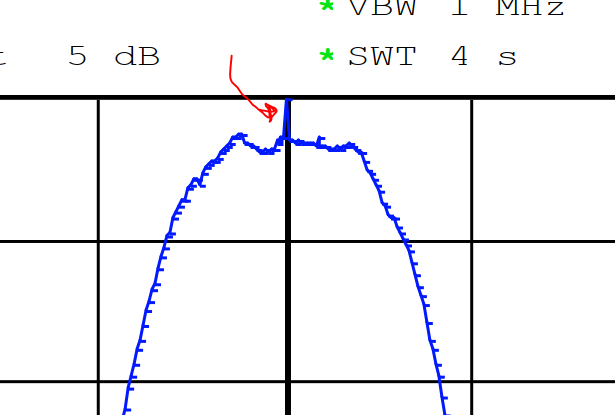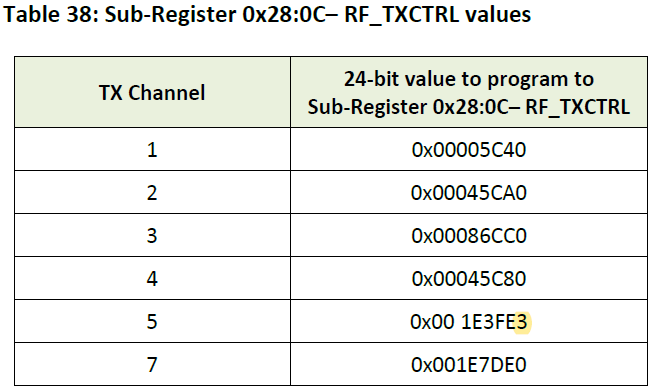Akhil,
In a well designed system without an LNA, you should be able to achieve 50-70 meters at regulatory limits using channel 5, PRF 64, and 6.8 Mbps modulation with short packets (which allows higher peak power in proportion to 1 ms average). We routinely get this performance in our designs when we can fit an appropriate antenna. As the antenna becomes constrained in size or other factors, the range can be reduced. The antenna is the most critical part of the system, but seemingly small errors in other places can reduce range quite a bit, too.
We have used a BJT based LNA in some early designs, which would operate similar to the BGB707 you reference. In our experience, the BJT based LNA designs suffer from poor linearity and can easily be saturated by external signals such as cellular. In one particular case we observed, cellular tower’s signal saturated the BJT LNA and prevented operation as the third harmonic fell right into the channel 5 band. The base junction characteristics of a BJT are inherently non linear and cause lower fidelity factor which hurts UWB performance even when not being interfered with.
Over the past year or so, we have developed a far more robust and effective LNA based on a pHEMT JFET device with a 0.3 dB noise figure, about as low as uncooled devices can get. This device increased linearity by 10-15 dB over the BJT since JFETs are inherently more linear than BJTs. We further fitted this with a prefilter to knock out bands below our channel of interest (adjustable by BOM to cut out either below 3 GHz or below 6 GHz depending on whether you want the low bands or not). This has made the LNA far more robust to interference (at least 40 dB better against cellular) and improved our range over what a BJT can do. We have now put this into 4 different designs with great success in each, so it doesn’t seem particularly finicky in layout or to develop self oscillation.
In rough terms, the new pHEMT LNA doubles the range. We can get 100-150 meters reliably at regulatory limits, and in some cases can see reception out to beyond 200 meters. The range limit is often due to reflections and destructive interference than an actual signal strength loss, so it matters a lot how you test range and in what environment it is. Counter intuitively, a super clean environment (say in outer space with no multipath) will have lower range than a more cluttered one as the multipath signals help the receiver capture the packet.
The pHEMT LNA uses about 15 mA at 3.3 V, so it does cost some power, but not a huge amount. It is only on during receive. As part of the design, we also selected some very good RF mux chips to go with it. The BOM cost is not excessive, similar to a BGB707 design. The LNA can cover all the DW1000 bands, and also works for the higher bands that may be supported in future UWB chips.
Given the investment we have made in the LNA design, we do not give that design out for free. Please send me email (mikec@ciholas.com) if you would like to discuss how you could license this design for your project and perhaps how we could provide design assistance for your project. We’ve built dozens of custom DW1000 based systems so we know what works and what doesn’t.
Mike Ciholas, President, Ciholas, Inc
3700 Bell Road, Newburgh, IN 47630 USA
mikec@ciholas.com
+1 812 962 9408


